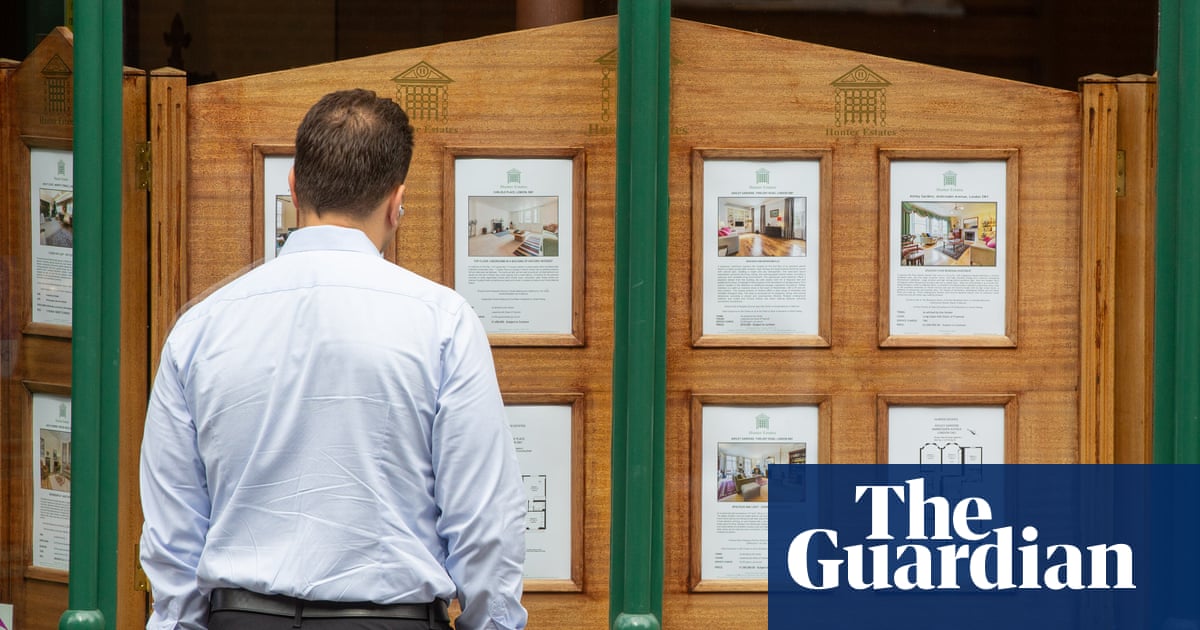
Working families have come under increasing financial pressure during the last 25 years from soaring property prices, private sector rent hikes and crippling childcare costs, according to the first major analysis of official figures released last month, which shows the UK’s poverty rate among working households last year reached a record high this century.
An increase in relative poverty from 13% in 1996 to 17.4% of working households in the year to March 2020 illustrates the combination of low wage rises and spiralling cost of living faced by a group that Theresa May described when she was prime minister as the “just about managing”.
The IPPR thinktank, which conducted the analysis, found that since 2010 the situation has deteriorated steadily to leave working families at the highest risk of falling into poverty since the welfare system was at its most generous in 2004.
Amid concern that working families were increasingly forced to adopt unhealthy lifestyles and seek high cost credit to pay debts, the report said four factors lay behind the growth in poverty:
Spiralling housing costs among low-income households.
Low wages and modest pay rises.
A social security system that has failed to keep up with rental costs.
A lack of flexible and affordable childcare.
Families unable to buy a home who rent from private landlords are among the worst affected following reforms to the benefits system that rewards private landlords, the IPPR said.
House price growth was a key factor in driving poverty higher as more families came to rely on renting privately. Housing costs for private tenants have jumped by almost 50% above the general rate of inflation over the last 25 years.
The report said it forecast that by 2025, one in four households will rent their home from a private landlord.
“Much of the multibillion pound benefits bill supports housing costs in the private sector, with any increase effectively channelled into the pockets of private landlords,” the report said, adding that £11.1bn of housing welfare payments went to private landlords last year.
The figures, reflecting the position just before the pandemic struck, show that the increase in poverty rates were most acute in London, Wales and the north of England.
Working poverty rates among families with three or more children were the worst of any family group, up more than two-thirds over the past decade to reach 42%, though single parents and couples with a single earner also suffered sharply declining disposable incomes.
Clare McNeil, the head of the IPPR’s Future Welfare State programme, said the situation is worse than official figures show while childcare costs are excluded from the calculation.
She said the government had shown with its cuts to stamp duty tax on home sales that its economic plan depended on ever-rising house prices while cuts in spending closed off access to affordable housing.
“It has trapped us in a vicious circle which, unless broken, will condemn us either to a constantly rising social security bill, or to ever-increasing poverty among working households.”
Jonathan Reynolds, shadow work and pensions secretary, said successive Conservative administrations had broken the link between work and prosperity.
“It is simply wrong that one in six working households can’t make ends meet while the overwhelming majority of children living in poverty have working parents,” he said.
The relative poverty line is defined as 60% of the median equivalised household income, with any household under this amount being described as “in poverty”. Equivalisation means that households of different types have different poverty lines. In 2018/19 the poverty line for a single person was £147 a week, whereas for a couple with two young children it was £354.












